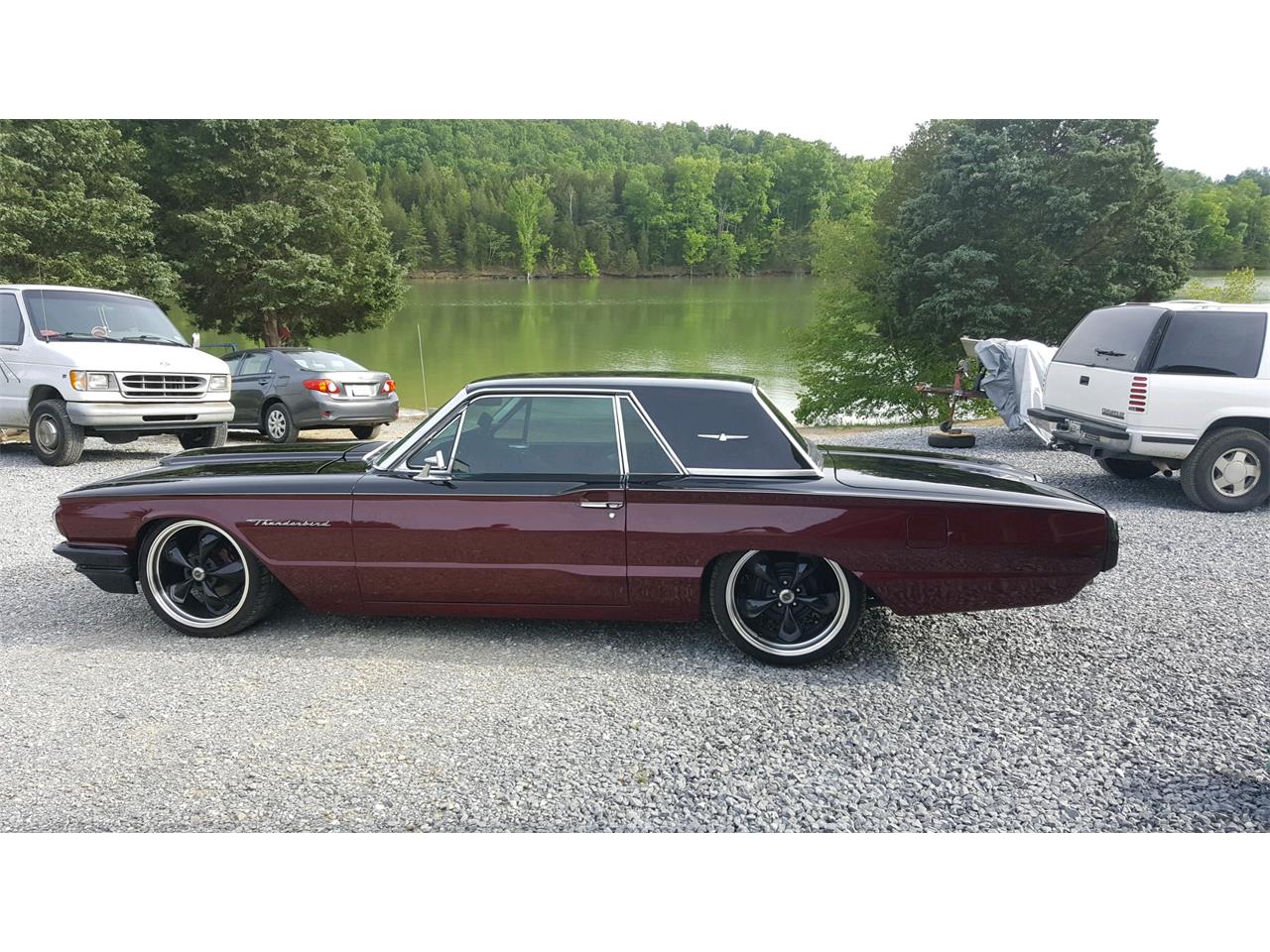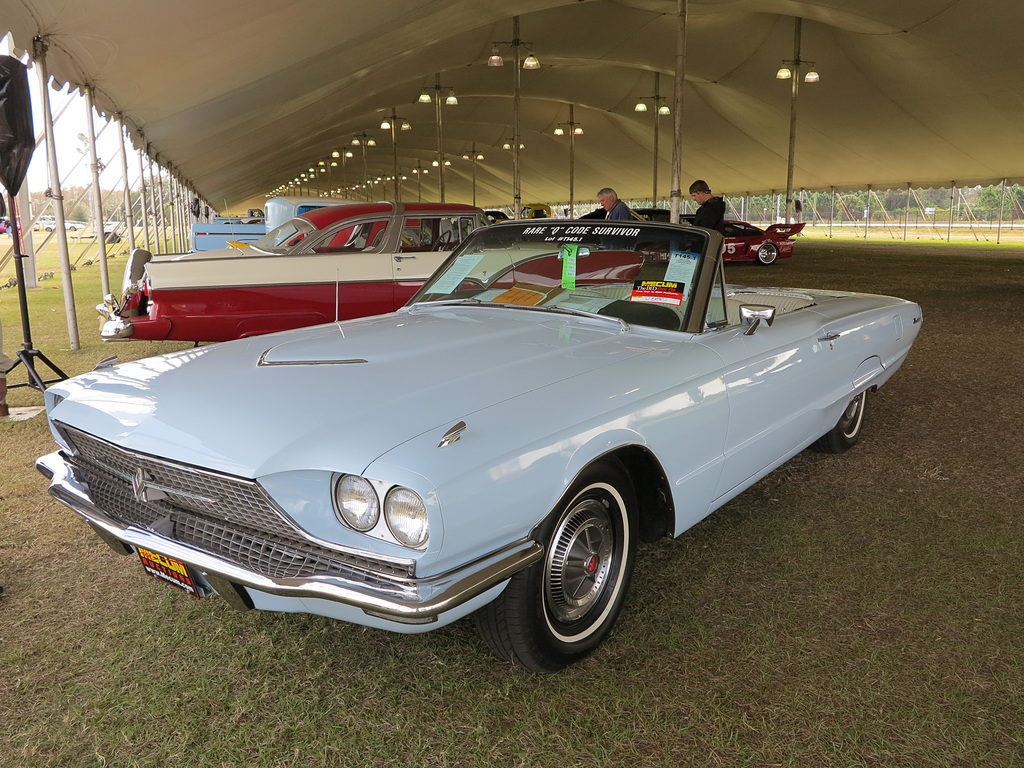
The vestigial fins were clipped in 1962 in keeping with an industry trend. But before he did, he approved the styling of the 1962 and possibly the 1963 models.īodies for 1962 were very similar to those of 1961, with enough trim and body panel changes to make buyers think otherwise. Walker retired to become the mayor of Delray Beach, Florida. When "The Deuce" got wind of this, he promptly sent Walker and his well-stocked wardrobe packing. At the end of 1961 he had a falling out with Henry Ford II because he recommended his "favorite son," Elwood Engel, for the position of chief stylist at Chrysler. The 1962 was among the last Fords styled under the direction of George Walker.
#1964 ford thunderbird manual#
Late in the 1961 model year a Borg-Warner four-speed manual transmission was added for the 352 and 390 this was the only transmission available for the high-performance 406s.

Three-speed Cruise-O-Matic was available with the 292, 352, and 390. The six, the 292 V-8, and the 352 V-8 offered an optional Fordomatic two-speed that had been around with some improvements since 1951. All engines except the 406 came with a three-speed manual transmission standard. Transmission options were as varied as The Music Man's wardrobe. The 406 enjoyed a thicker-walled block than the heavy-duty 390, the compression ratio was up to 11.4:1, pistons and rods were tougher, and exhaust valves were bigger. This engine was brought out to compete with Chevrolet, Pontiac, and Dodge engines that now were all over 400 cubic inches. The 352 and 390s (save for the 401-horsepower plant) utilized single four-barrel carburetors.Įarly in the 1962 model year Ford replaced the 375- and 401-horsepower 390s with the 406, available in two versions: 385 horsepower with a four-barrel carburetor, or 405 horsepower with triple two-barrel carburetors. Later in the year this engine became available in triple two-barrel carb form, generating 401 horsepower.įord raced into 1962 with essentially the 1961 lineup of engines: A 223-cubic-inch six, 292 V-8, 352 V-8, 300- and 330-horsepower 390s, and, at the beginning of the year, beefed-up 390s producing 375 or 401 horses. Available in all models except wagons, it was strictly a racing engine. Heads were the same as on the standard version. Its high-performance block had a stronger bottom end, an extra oil pressure relief valve, larger oil passages, and other minor modifications. Next up was a 375-horsepower (at 6,000 rpm) variant. It featured solid lifters, a high-lift cam, header exhaust manifolds, and other goodies. For law-enforcement agencies and enthusiasts, Ford offered a 330-horsepower mill that reached its peak at 5,000 rpm. While horsepower remained at 300, as on 1960's top street engine, the 390's torque was increased to 427 pound-feet at the same 2,800 rpm. Essentially, Ford engineers bored and stroked the 352.

The mighty 390 Thunderbird Special was introduced in 1961 and remained the basis of all big-block Ford performance engines for years to come. The key to the era's big Fords was engines. However, 1965 and later models have a dramatically different "perimeter" frame. The wheelbase was increased a mere inch in 1960, and remained at 119 inches through 1968. While body styling changed dramatically from year to year, inner body panels and floor pans changed very little.

The 1962 Ford Victoria and other models were known fo r bigįords of the period had their origins in the 118-inch-wheelbase 1957 Fairlane. Only very recently have these cars emerged as collectibles, especially the Galaxie 500/XL models. Even the designers of the early Sixties Fords have forgotten a lot of the details, although the 1962-1964 Ford engines were powerful for their time. Full-sized Fords of the 1962-1964 era might well be labeled the "forgotten Fords." The Ford from this period that the public remembers is the Mustang.


 0 kommentar(er)
0 kommentar(er)
